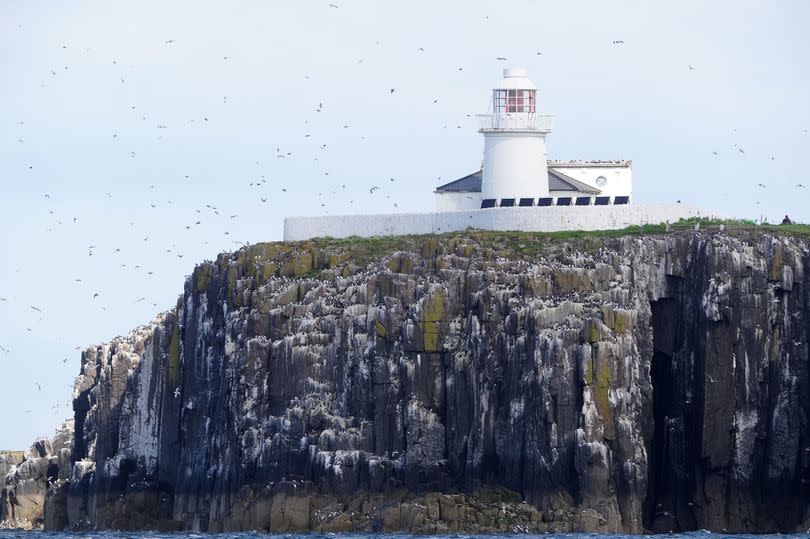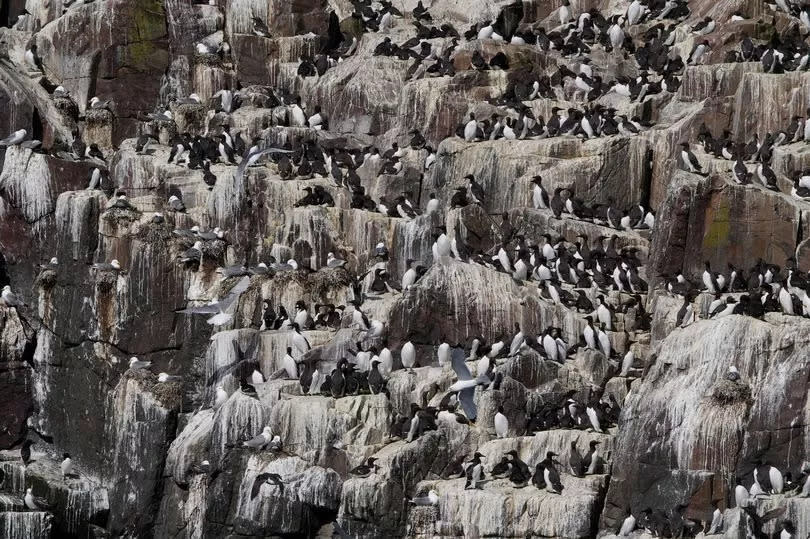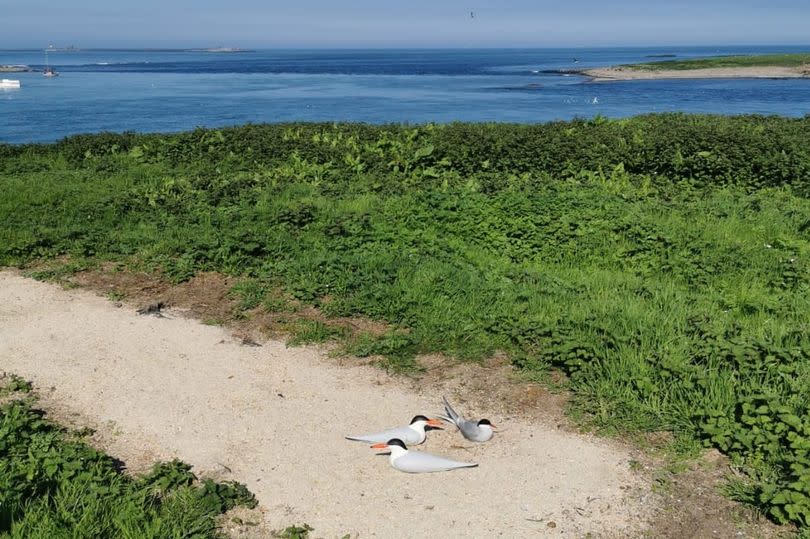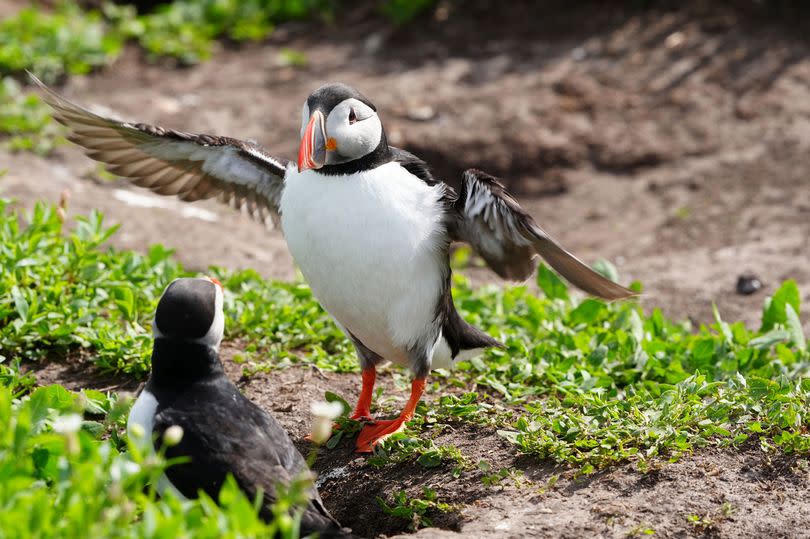Farne Islands remain unrivalled for nature but I saw first hand why seabird decline is worrying

"Please bring a soft, wide-brimmed and wipeable hat, as well as a jacket that is easily wiped clean."
It's a disconcerting way to be invited on a trip, but approaching the Farne Islands on Billy Shiels' Glad Tidings Boat from Seahouses harbour, it's becomes clear why. After two years of bird flu and no visitors allowed, the air is thick with seabirds.
Guillemots hurl themselves off cliffs and race alongside the boat, bouncing off the surface in the frothing spray. Puffins bob on top of the water, never failing to raise a smile out of visitors, while those in the air take beaks full of sand eels back to their burrows.
Read more: 'No sign of bird flu' on Farne Islands as first full puffin count since 2019 gets underway
Keep up to date with all the latest local news from Northumberland with our free newsletter
Kittiwakes scream at each other in mid-air as razorbills watch on, still the coolest looking bird in Northumberland.. Everywhere you look, each peak and trough of the North Sea waves reveal another black and white shape floating and/or flapping.
Before landing, the boat passes as close as it feels possible to the guano-stained cliffs on Inner Farne. Squint and you might feel like you're on the pitch at St James' Park, looking up at black and white-clad winged fans crammed into the cliffside's every nook and cranny.

Unfortunately, getting so close means the strong smell of the bird's droppings hits you as soon as you're within nose-shot of the island. That still hasn't gone away as I write this five hours later.
On the cliffs, the ground, and in the sea, there are many more birds than when I visited the Farne Islands in April, as they reopened to the public for the first time since 2022. However, two years of bird flu, storms, and inclement weather have left the mark on the colonies.
Red-listed puffins are currently being counted to get a complete picture of their situation, with numbers expected to be down since the last full count in 2019. Shags are suffering stark declines of 85%, guillemots 46%.
Arctic terns are fewer and have arrived later, though rangers hold out hope that there more are yet to come. And at least painted, wooden decoy terns are attracting their living, breathing counterparts to set up their nests close to the islands' boardwalk.

The terns are the main reason for the wipeable jacket and hat requirement. As well as the risk of being pooed on, they have a tendency to dive bomb visitors who get close to their nests - despite human presence deterring larger gulls from predating on the tern eggs and chicks.
One particularly defensive tern, which rangers have got to know since it set up shop, takes no chances and it dive bombs me. I only realise what's happening when I hear the bird's clack-clack-clack inches above my head, then a little nip through my hat.
The rest of the birds are not so eager to get close. Puffins pop up out of the greenery like prairie dogs, but retreat to their burrows as quickly as they appear.

Those who are out on the ground bringing home sand eels risk being "mugged" by larger black headed gulls. On several occasions, the bigger birds gang up three-to-one on the charismatic little clowns of the sea, a totally unfair fight.
Scenes like this are a reminder that The Farnes remain unrivalled for observing and getting close to nature. Only two months ago, I described visiting as an experience like no other in the North East, and a particular moment where puffins flew over my head close enough to touch as magical.
That hasn't changed, but the decline of the seabirds on the islands is something that can't be ignored, and this time I headed back to the mainland with a heavy sense of sadness. Rangers can manage the habitats of ground-nesting birds and cordon off cliffsides - but they can't control an epidemic (which thankfully there have been no signs of this year) any more than they can control the storms and the weather which is affecting the Farnes' feathered inhabitants.
I just hope that the good work they are doing brings results for next year's puffin count - though at this stage, it's impossible to tell what will happen.

 Yahoo News
Yahoo News 
